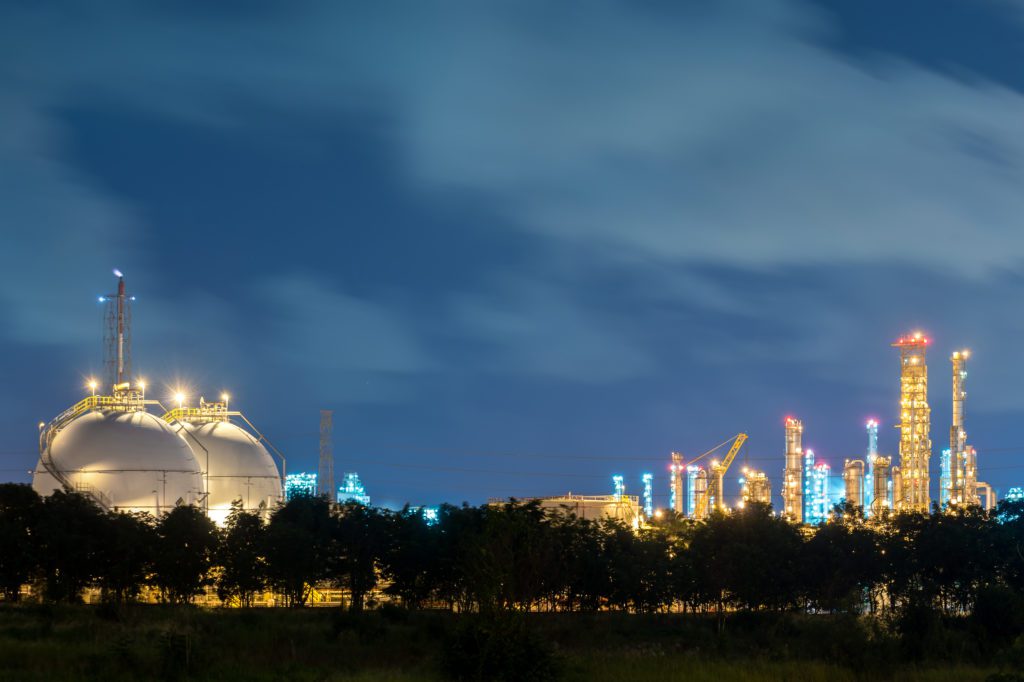Process Energy Optimization – Improving Bottom Line and Sustainability
Credit to Author: Constantine Lau| Date: Mon, 09 Dec 2019 13:07:00 +0000
The reliable and cost-effective supply and optimization of energy are critical to plant performance and return on investment in energy-intensive processes. With increased awareness in sustainability, most oil & gas companies are taking initiatives to reduce energy consumption/carbon footprint through environmental impact reporting and optimization programs. Whether a brownfield or greenfield project, important questions that seek to strike a balance among energy consumption, purchase, and generation must be addressed in the early stages of design to maximize the return on the asset. In the case of electric power, for example, the amount of power to be purchased from the grid vs. generated on-premise is a key consideration having a dramatic impact on capital. The use of submeters to monitor consumption for specific activities and individual process units enables alignment and tuning between generation and consumption realtime.
The fundamental physics and chemistry of the process determine relationships between electrical, gas, steam, and chilled water. Process energy optimization is about managing the tradeoffs between these energy types throughout the processes to minimize cost and the carbon footprint of the plant.
Through integrarted power and process systems, operators are presented with real-time information on energy economics, instilling accountability in operations. Optimized energy management increases process efficiency by reducing the total cost of energy per unit of output (e.g., balancing demands for electricity, gas, and steam consumption). The tradeoff between energy sources is optimized, and stakeholders throughout the organization are served with timely information on the cost of energy and the impact on profits due to changes in operating conditions. Plant reliability and profitability increase as the process and equipment are aligned and optimized for energy consumption.
Operational decisions are often based on periodic views of materials and energy, maintenance and reliability reports, and environmental events, not on a real-time basis. Moreover, power is managed separately from other sources of energy being supplied to the process and facility; however, according to a study of the German industry sector by Tallal Javied and others published in 2016, electric motors typically account for 70% of electrical consumption in a plant.
With improved efficiencies and profitability as the overarching objective, the effective energy optimization solution is built on three technologies:
- A Big Data analytical engine that takes process and energy data from the historian then applies analytics to gain insight into the process.
- A mathematical model predicts the optimum mix of electricity, gas or fuel, and steam usage that minimizes cost per unit of production. The model includes the efficiencies of each major piece of equipment, such as steam turbines, and prescribes the order in which these pieces of equipment should let down steam, for instance. A model-based approach enables plant-wide optimization of energy that is not achievable through more conventional control methods. The model typically uses multivariate predictive control (MPC) or another form of advanced process control (APC) and real-time optimization (RTO) that accounts for the simultaneous interaction of multiple inputs and outputs.
- A real-time visualization model extracts process and energy data from the plant historian and measures the financial performance of an industrial operation in real-time. The real-time accounting model incorporates data from the equipment asset level of a plant up to the process unit, plant area, plant site, and enterprise levels. Dashboards present the results as charts such that operators see how their decisions can make significant improvements to profitability.
Operators have limited visibility and accountability in decisions that impact energy cost, material cost, and product value. This gap is addressed best through an integrated process energy optimization solution that monitors and optimizes the major forms of energy usage.
Learn more about integrated Power and Process across the plants lifecyle.
The post Process Energy Optimization – Improving Bottom Line and Sustainability appeared first on Schneider Electric Blog.
